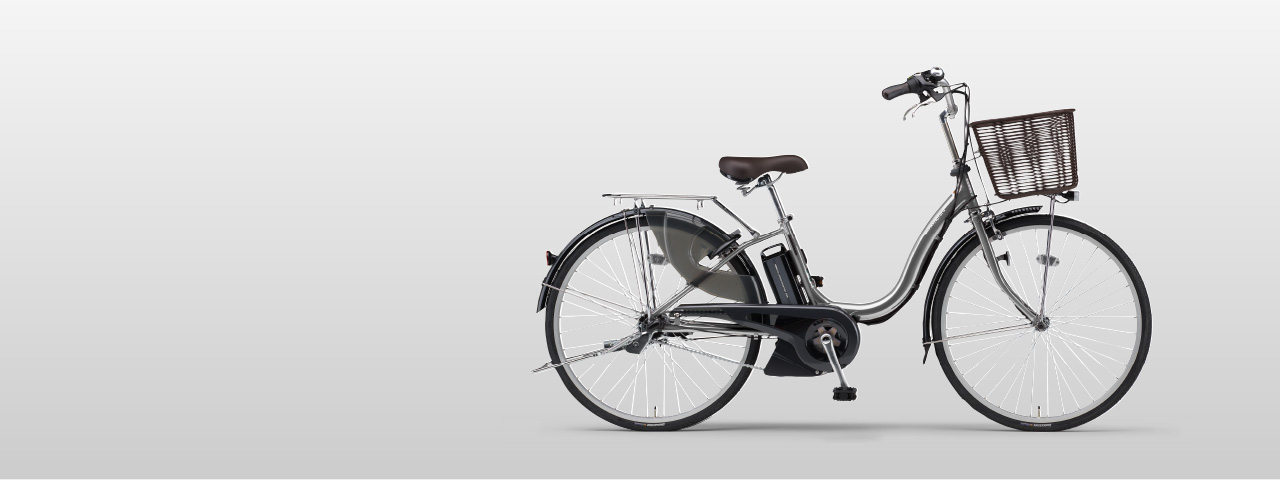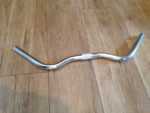I have been wondering why in North America we're stuck with expensive e-bikes.
If you have ever been to Japan, their e-bikes are very cheap and reliable. They do sell expensive bikes, but the vast majority of people in Japan are interested in entry level e-bikes due to their prices.
They're not Stromer by any means, these bikes are entry level and typically have 250W to 350W motor with 6.7 amp to less than 10 amp battery, but they do last long enough for daily commute and grocery shopping.
The features are not bad at all, these Japanese e-bikes typically come with fenders, center stand, front & rear lights, grocery basket, rear rack, comfortable seats and handle bars.
Meanwhile in North America, if you are ever looking for "entry level" e-bikes, you're stuck with no-brand Chinese e-bikes with bad customer service and questionable reliability. I think people on this forum were sort of suggesting you need to spend $1,500 to find a decent e-bikes, which I agree.
https://electricbikereview.com/forums/threads/a-novice-needs-sub-900-00-ebike-buying-advice.14776/
I am guessing that's because Japanese companies have been perceiving as North America as car society so they aren't even bother bringing them here? Because I noticed that Japan has lots of small displacement cars that we don't have in North America.
Here are some of the examples, and if you look around you can easily get these bikes for cheaper than MSRP prices.
Bridgestone Frontia
MSRP: 109,800 yen ($1,020)
Realistically, you can find one for 87,000 yen ($808)

Yamaha PAS Natura M
MSRP: 100,400 yen ($966)
Realistically, you can find one for 85,000 yen ($789)

Panasonic Vivi TX
MSRP: 85,000 yen ($789)
Realistically, you can find one for 73,000 yen ($678)

Suzuki Love SNA26
MSRP: 92,366 yen ($858)
Realistically, you can find one for 80,000 yen ($743)

If you have ever been to Japan, their e-bikes are very cheap and reliable. They do sell expensive bikes, but the vast majority of people in Japan are interested in entry level e-bikes due to their prices.
They're not Stromer by any means, these bikes are entry level and typically have 250W to 350W motor with 6.7 amp to less than 10 amp battery, but they do last long enough for daily commute and grocery shopping.
The features are not bad at all, these Japanese e-bikes typically come with fenders, center stand, front & rear lights, grocery basket, rear rack, comfortable seats and handle bars.
Meanwhile in North America, if you are ever looking for "entry level" e-bikes, you're stuck with no-brand Chinese e-bikes with bad customer service and questionable reliability. I think people on this forum were sort of suggesting you need to spend $1,500 to find a decent e-bikes, which I agree.
https://electricbikereview.com/forums/threads/a-novice-needs-sub-900-00-ebike-buying-advice.14776/
I am guessing that's because Japanese companies have been perceiving as North America as car society so they aren't even bother bringing them here? Because I noticed that Japan has lots of small displacement cars that we don't have in North America.
Here are some of the examples, and if you look around you can easily get these bikes for cheaper than MSRP prices.
Bridgestone Frontia
MSRP: 109,800 yen ($1,020)
Realistically, you can find one for 87,000 yen ($808)

Yamaha PAS Natura M
MSRP: 100,400 yen ($966)
Realistically, you can find one for 85,000 yen ($789)

Panasonic Vivi TX
MSRP: 85,000 yen ($789)
Realistically, you can find one for 73,000 yen ($678)

Suzuki Love SNA26
MSRP: 92,366 yen ($858)
Realistically, you can find one for 80,000 yen ($743)

Last edited:



